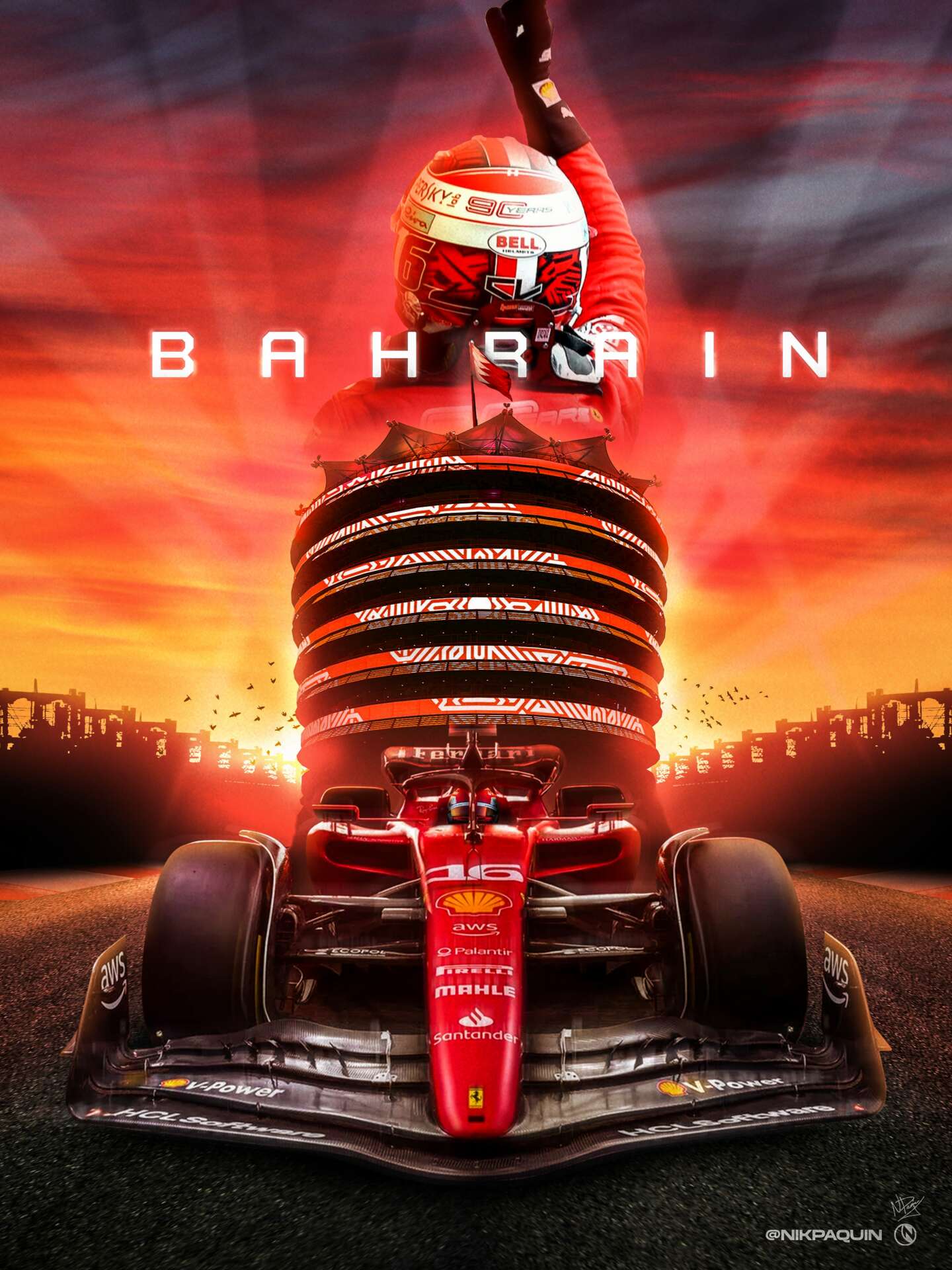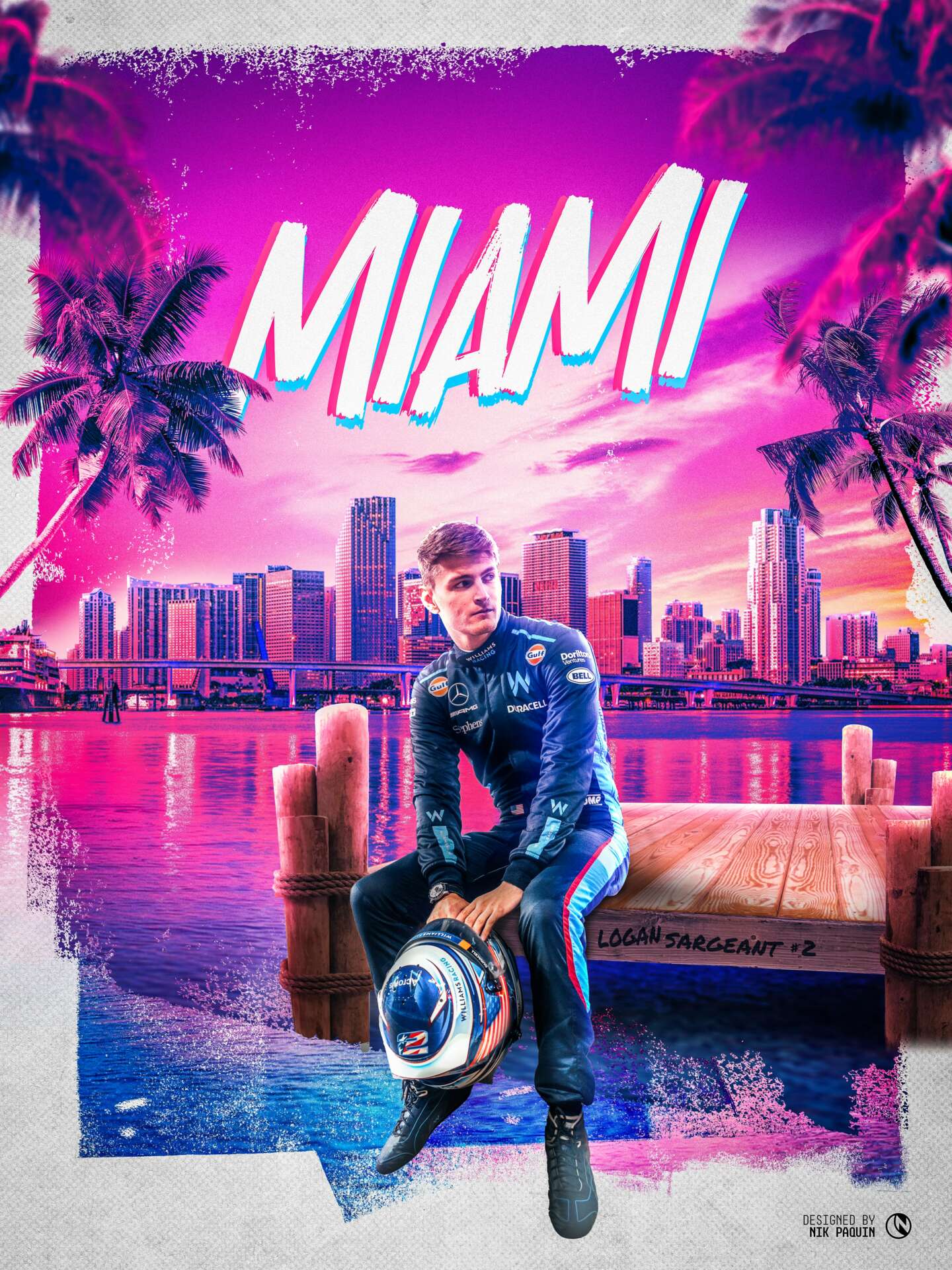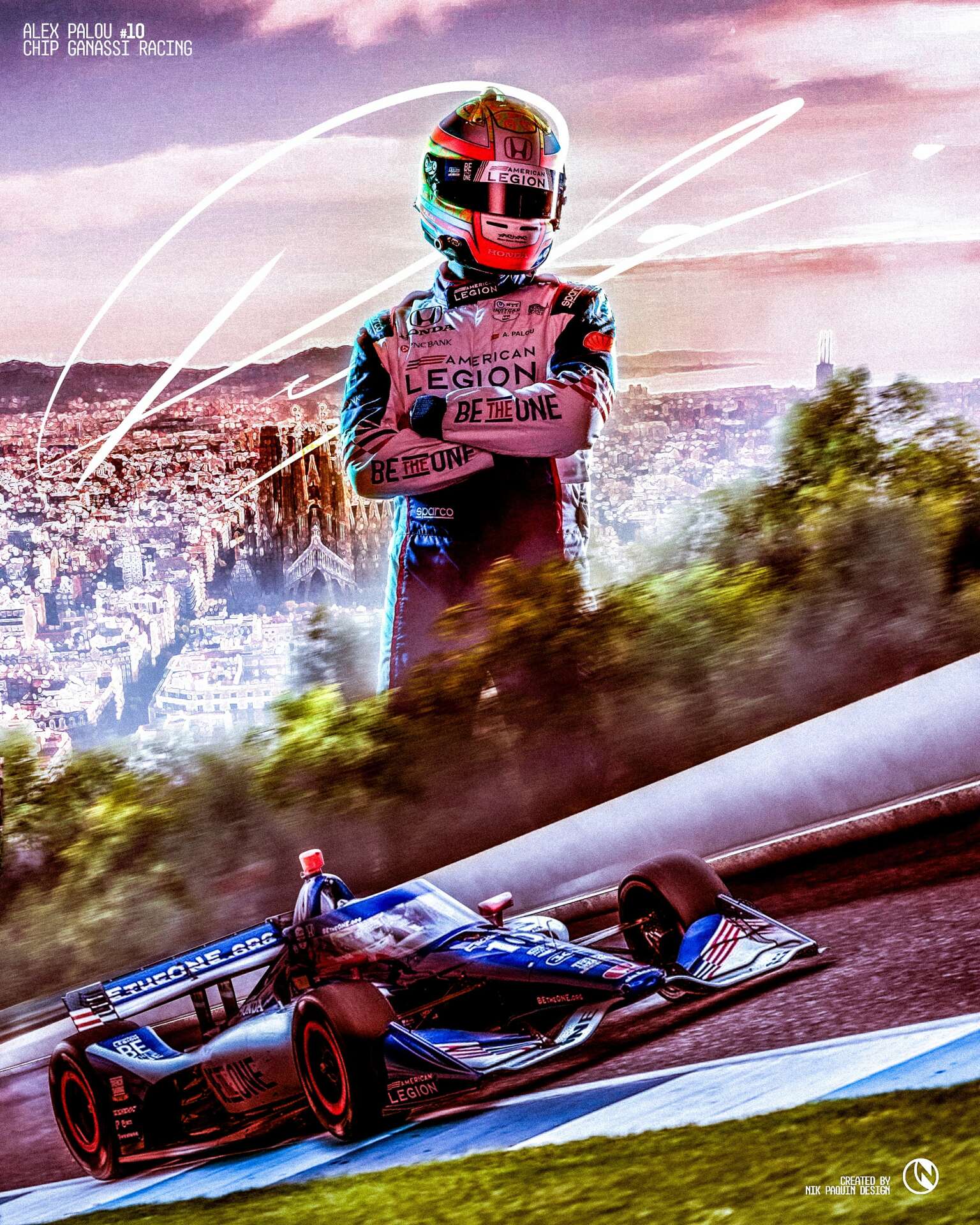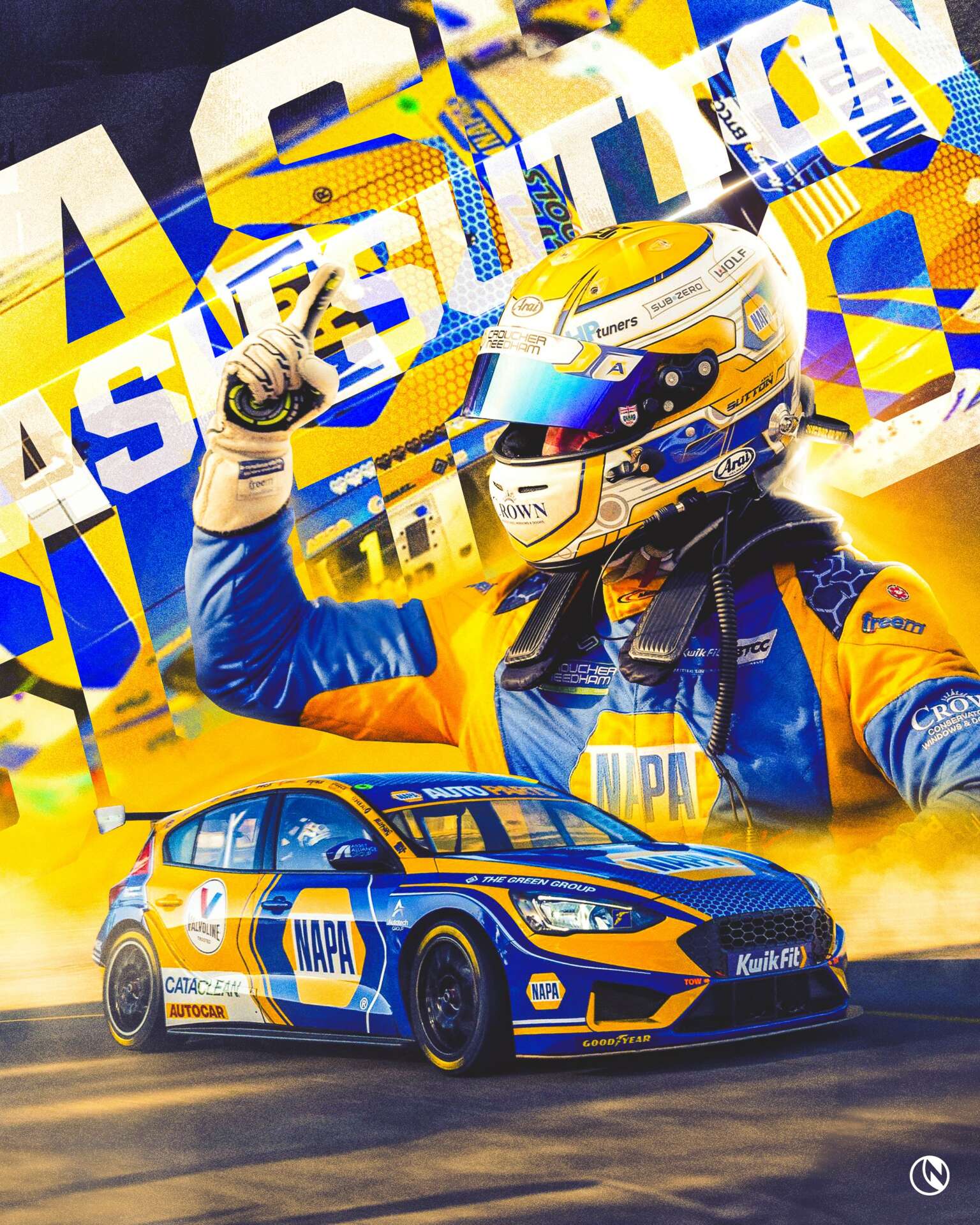We recently connected with Nik Paquin and have shared our conversation below.
Nik, thanks for joining us, excited to have you contributing your stories and insights. Let’s jump right into the heart of things. Outsiders often think businesses or industries have much larger profit margins than they actually do – the reason is that outsiders are often unaware of the biggest challenges to profitability in various industries – what’s the biggest challenge to profitability in your industry?
Personally, the biggest challenge to profitability in the graphic design industry comes down to 2 big factors; Clients & Costs. While that might seem obvious at first, it’s an intricate issue that covers many facets of designs and affects anyone involved in the industry, even by proxy.
For clients, the rise of easy-to-use apps such as Canva, mobile photo-editors, and more, mean that you’re expected to provide a service at a price that is low enough to warrant not doing it yourself, since most clients do not recognize how much of an impact proper graphic design can have on the sale of a product, the effectiveness of an ad campaign, or the success of your company. It’s quite easy to make something that “looks good”, but does it convey the information properly to the customer? Are you using fonts that strengthen your brand? Is it the right type of design for it’s use in the real world?
There’s a ton of thinking, planning and small but effective details that go into a design that simply cannot be understood without proper teaching, experience and practice.
As a result, there’s a significant pressure to keep prices extremely low in the world of design because you can get something passable yourself, in terms of something visually appealing, and more and more clients opt to cut costs this way. Because the benefits of a great design are rarely felt in any sort of measurable statistics too, it’s harder to convince clients that it’s worth it to shell out a bit of extra money in favor of a much better end-product.
Additionally, the rise of AI as of late has given these clients even more resources to bypass designers and create their own logos, artworks, and more, usually at the cost of the effectiveness of the design. Now I don’t hate AI per say – ethical issues surrounding it aside. I believe it’s an important tool in a designer’s arsenal and that those who do not embrace it run the risk of being left behind. In terms of personal experience with it, I am now able to create album artwork for local bands that look visually striking in a short amount of time by using AI to generate various assets (for example, a skull, some bones, a green landscape) and combine them in Photoshop the same way I would for any other assets I find online. This allows me to create assets that are exactly as I want them while saving hours of drawing, texturing, shading, and more.
But the fact that design is becoming more and more accessible means that clients often look past what makes a design effective, the basics, and the experience that comes with a good designer in favor of something that “looks good” but isn’t effective in conveying their ideas or selling their product.


Awesome – so before we get into the rest of our questions, can you briefly introduce yourself to our readers.
I am a mostly self-taught graphic designer from Canada’s capital city, Ottawa. I first started dabbling into the world of design by creating backgrounds for gaming teams (mostly Call of Duty, in the heydays of trickshotting) and other Youtube creators.
Although I never did any gymnastics myself, my sisters were high level competitive athletes and thus I was exposed to the sport quite early and spent alot of time at the gym (most of it while reading a book, bored, and waiting for their practice to end). When I was 14 and looking for my first job, I applied to the club on a whim, thinking to myself “I’ll find a better job next year” and just like that, I became a gymnastics coach. I ended up coaching there for 10 years, because it was honestly one of the best jobs I’ve ever had. Towards the end of my coaching stint, I was getting confident in my abilities and offered to take over their social media pages and designs – my first professional gig. It was fun! It offered me invaluable real-world experience and to this day, 6 or 7 years later, that gymnastics club is still one of my best clients.
With a taste of professional design now in my mouth, I wanted more. I decided a degree would be a good thing to pursue, as up to this point I was entirely self-taught by Youtube tutorials and other designers in the gaming sphere, who were often self-taught themselves, and wanted to add concrete, proven techniques to my arsenal. I did learn a bit in school, but I wasn’t exactly the best of students (blame it on my ADD, baby) and felt like I’d progress more through my side-projects than I would in class.
Eventually, I graduated and moved into real life design jobs, which I immediately hated. Turns out, when you have trouble sitting still (blame it on my ADD, baby), a quiet, calm office with nothing but the sound of keyboards is NOT the place to be. I decided that if I was going to make a career out of design, freelance was the only way for me, and launched into the dangerous, scary world of working of myself.
And here I am! 4 years later, just about making enough money to pay all my bills and finally a full-time, freelance graphic designer. In those years of learning and discovering what kind of designer I wanted to be, I was experimenting with many things. I was the owner of a graphic design server named The Spot which became a Discord Partner for a bit (it’s a shared ownership now), ran my own sim racing league which I almost exclusively used as an outlet to try new designs, techniques, and practice my graphics, and created merch, graphics and more for sim racing leagues big and small, many of which continue asking for work to this day! Along the way, I met a ton of really awesome people, but the most notable one went by the username “dancro”. He’s a very well known designer named Dan Beltran, and his posters, sports graphics and overall amazingly chill personality made me realize the world of sports media is where I was destined to be. I started creating posters, posters, and even more posters themed after Formula 1 and other racing series and a ton of opportunities started opening up for me!
And that’s where I am now!

Learning and unlearning are both critical parts of growth – can you share a story of a time when you had to unlearn a lesson?
You can be the most beautiful, tasty peach in the whole wide world, and somebody out there will hate you because you’re a peach.
You can’t please everyone, and there’s no point in wasting time, energy and effort into people who will not believe in you at the end of the day. Pick your battles, because sometimes you can do nothing wrong at all and still not succeed, if you are doing those things for the wrong person.
I had a boss who I was never able to make right by. I could spend 10 hours on the most beautiful design, ask everyone in the office what they thought of it and get nothing but approval and praise, and he would have the exact same reaction as the design I spent 5 minutes on just to get it over with. He had a per-conceived idea in his head of what this design should be like and expected me to reach that same conclusion without any guidance. The stress, anguish, and worry that creating for that boss brought me led me straight to a burn-out, and played a huge part in realizing that working for myself was the best way for me to succeed in the world of design.

We’d love to hear the story of how you built up your social media audience?
While I don’t have the biggest audience, my methods have brought me a lot of attention from potential clients and allowed me to go from relying on a part-time, 35 hours a week job to pay my bills with design on the side, to doing design full time in the span of 5 months.
And that’s not going for the biggest fish. When creating race posters, I like to pick a small-ish creator with a presence in the scene because they’re much more likely to see your work, share it with their fans, and drive traffic to your page. Fans of smaller creators are typically much more involved, active, and supportive too, increasing that potential traffic by alot.
Most notably for me; Nina Pothoff, Matt Neal, and Ash Sutton all retweeted or shared my work in some way, and in the case of Matt Neal it even led to NASCAR legend Dale Earnhardt Jr. coming across my work with tweeting out “I’d buy that poster!!” – by far the highlight of my freelance career so far.
So while I may not have a huge audience, it consists mostly of friends who support and share my work, and clients who saw my work through one of those creators.


Contact Info:
- Website: behance.net/nikpaquin
- Instagram: instagram.com/nikpaquin
- Facebook: facebook.com/nikpaquindesign
- Twitter: twitter.com/flybynightt


